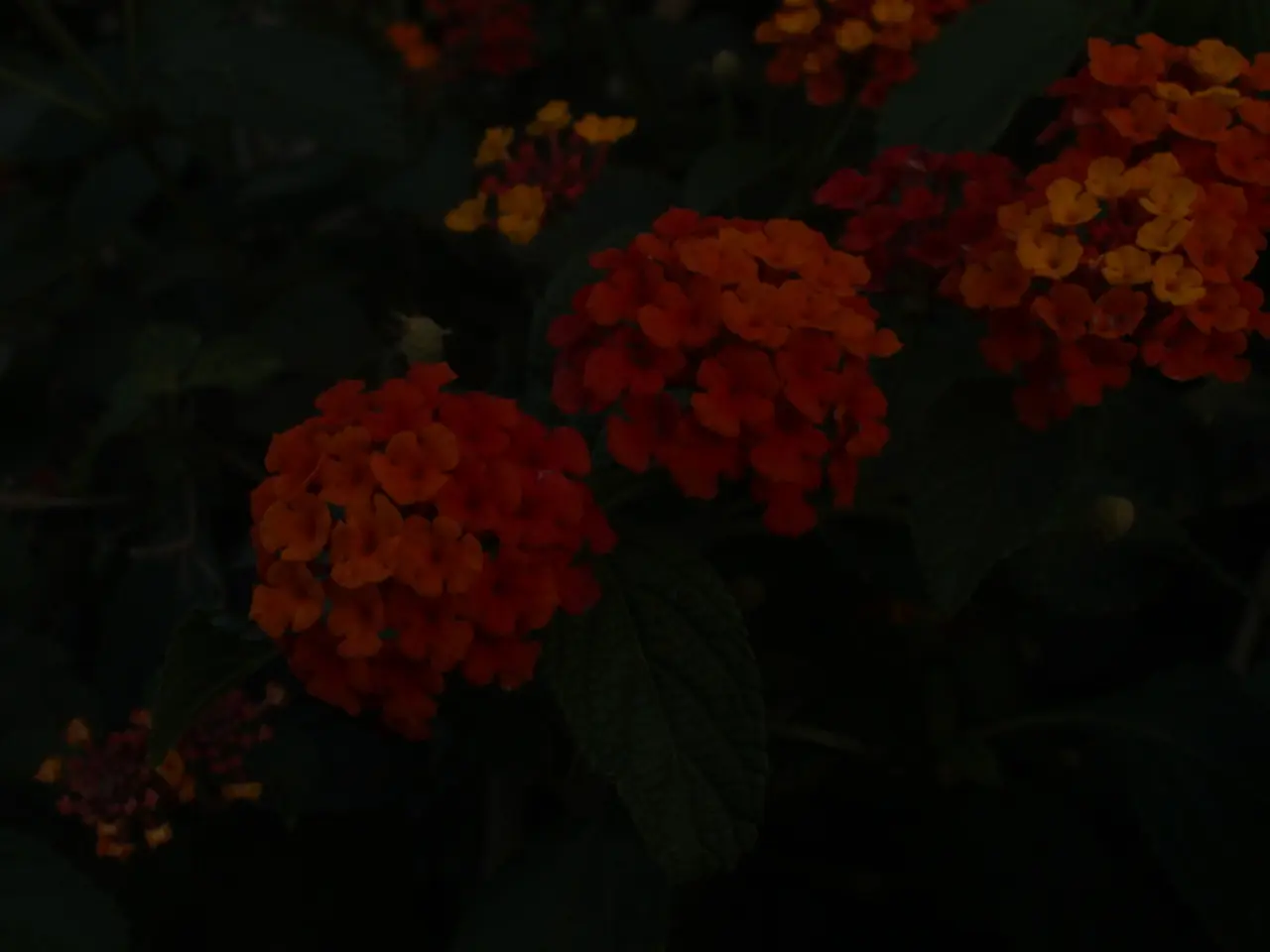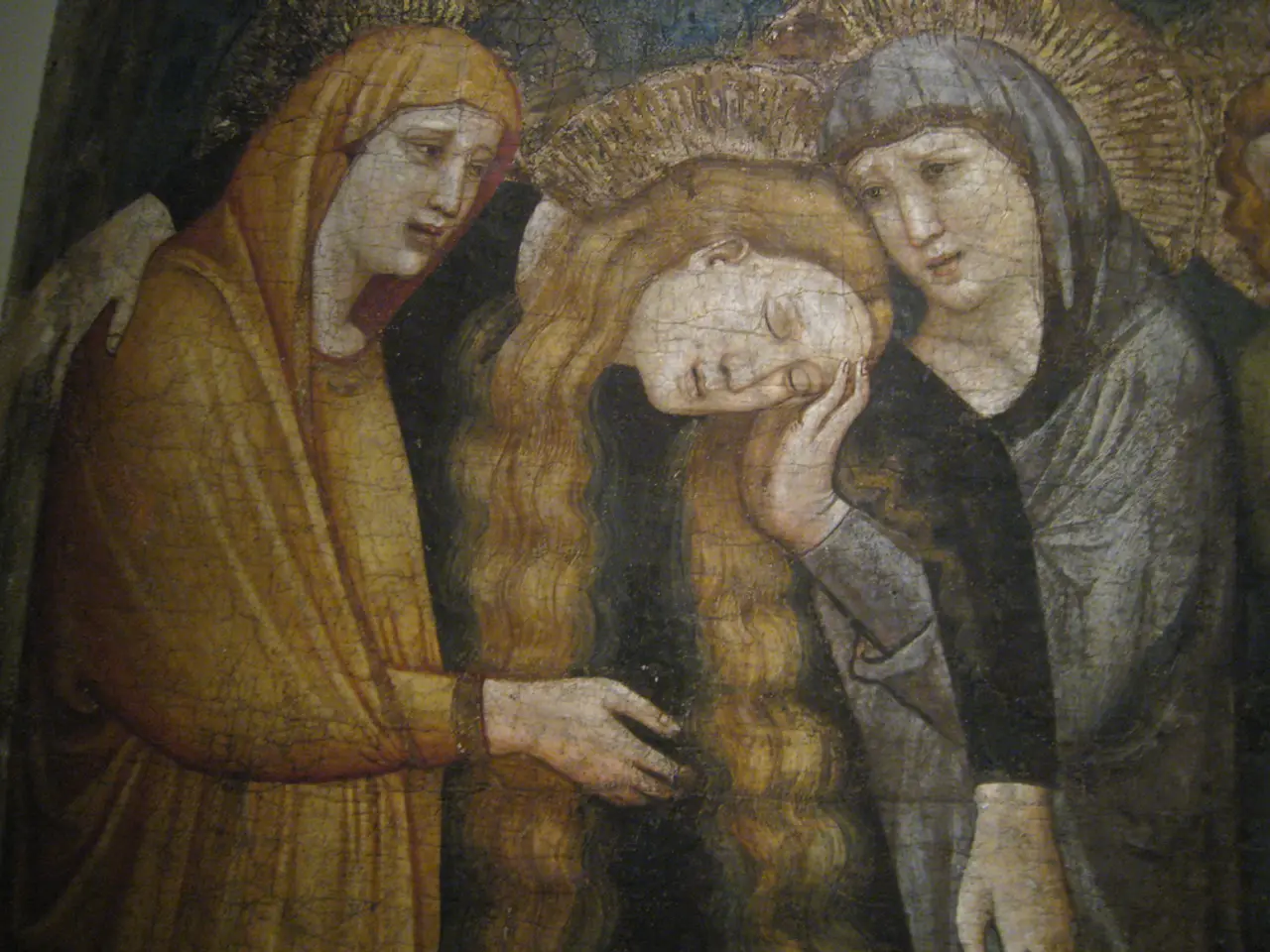Crop selection for autumn that attracts pollinators
In the heart of bustling cities, small urban gardens can thrive with a little help from nature. By incorporating urban varieties and compact species of cover crops like clover or vetch, gardeners can create a vibrant ecosystem that benefits both soil health and local pollinator populations.
One of the challenges when establishing fall pollinator cover crops is selecting the right seeds, managing planting timing, and ensuring resources are not overly competed for by other crops. However, the long-term benefits are substantial. Cover crops in fall help maintain soil moisture and nutrient levels by improving soil retention and providing a protective cover. They also aid in maintaining ecological balance and controlling invasive species.
Incorporating fall-blooming cover crops into the landscape can support native pollinator habitats and promote biodiversity. For instance, establishing cover crops like buckwheat and wildflowers can attract a broader range of pollinators and provide continuous forage throughout the season. Staggered planting of cover crop species ensures seasonal nectar sources are available from early spring to late fall.
When it comes to wildflowers, native fall-blooming varieties such as Aster, Goldenrod, Blue Mistflower (Conoclinium coelestinum), Coneflowers (Rudbeckia spp.), and Black-eyed Susans (Rudbeckia hirta) are excellent choices. These colourful blooms attract a variety of pollinators, including bees and butterflies, and can be used in container gardens or integrated into existing urban gardens.
Among the native fall cover crops, Crimson Clover, Austrian Field Pea, and Common Vetch are worth considering. These nitrogen-fixing legumes not only improve soil health but also provide nectar and pollen when they flower.
To enjoy the benefits of these cover crops and wildflowers in urban settings, planting should occur in late summer to early fall, around September or early October, to ensure they establish before winter. Proper management, including regular monitoring and prompt addressing of issues, is essential to maintain healthy fall cover crops.
By incorporating these native wildflowers and cover crops into urban agriculture, you can create sustainable ecosystems that support local pollinators throughout the year. Not only do they provide essential nectar and pollen for pollinators, but they can also be used simultaneously with pest management strategies, as they help attract beneficial insects and reduce the need for chemical controls. Using ornamental and wildflower mixes boosts fall pollinator activity and adds visual appeal to urban landscapes.
In conclusion, supporting pollinators in urban agriculture involves using native fall-blooming cover crops and wildflowers that provide nectar and pollen throughout the seasons. By doing so, we can contribute to a healthier, more biodiverse urban environment.
- Incorporating fall-blooming cover crops like buckwheat and wildflowers can attract a broader range of pollinators and provide continuous forage throughout the season.
- Among the native fall cover crops, Crimson Clover, Austrian Field Pea, and Common Vetch are worth considering, as they improve soil health and provide nectar and pollen when they flower.
- By using native wildflowers and cover crops in urban gardens, you can create sustainable ecosystems that support local pollinators throughout the year, contributing to a healthier, more biodiverse urban environment.
- In the world of environmental-science and education-and-self-development, urban agriculture can provide opportunities for learning about sustainable practices and the importance of supporting local pollinators.
- General-news sources often highlight the role of sports and food-and-drink industries in making corporate commitments to sustainable practices, including the use of pollinator-friendly cover crops in their landscaping.




